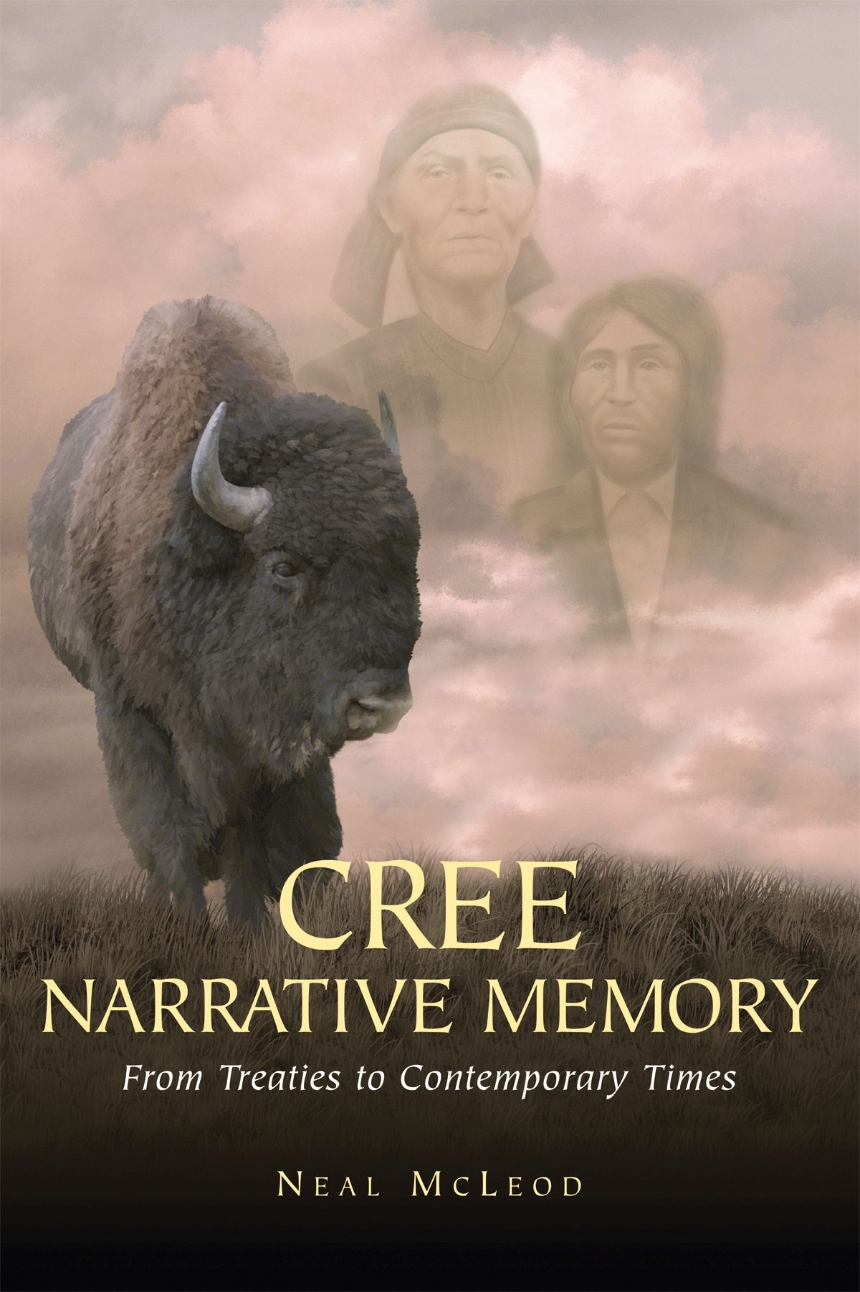Table of Contents
Introduction
1: Cree Narrative Memory
wâhkôhtowin (Kinship) and Narrative Memory
The Reliability of Collective Narrative Memory
Toward a Notion of Spiritual History / âtayôhkêwina
2: Cree Narrative of Place
mistasiniy
Other Important Places
Communication with the Landscape and Other Beings
Dreaming the World
3: Rethinking Treaty in the Spirit of mistahi-maskwa (Big Bear)
The Historical Context of Treaty Six
mistahi-maskwa and wîhkasko-kisêyin: Different Approaches to Treaty
4: kâ-miyikowisiyahk: What the Powers Have Given Us
mistahi-maskwa’s Resistance
The Spirit of mistahi-maskwa
5: Spatial and Spiritual Exile of the nêhiyawak (Cree People)
Dwelling in the Familiar
Exile
Spatial Exile
Spiritual Exile and the Residential Schools
6: Coming Home Through Stories
Playful and Humorous Treaty Stories
Exile
Coming Home
7: pîkahin okosisa: A Cree Story of Change
Historical Context of the Story
pîkahin okosisa: The Story
8: Embodied Memory: Contemporary Cree Political Identity
The League of Indians
The Creation of Modern Indigenous Institutions
9: Cree Narrative Imagination
Modernity and Colonialism: Dislocation from Collective Sound and Memory
Narrative Imagination: Bridging Past, Present, and Future through âtayôhkêwina
Indigenous Theory
Dialogue and Poetry: A Paradigm for Indigenous Theory
Appendix A: Cree Glossary
Appendix B: Neal McLeod’s Family Tree
Appendix C: Map of Local Cree Territory
Notes
Selected B
